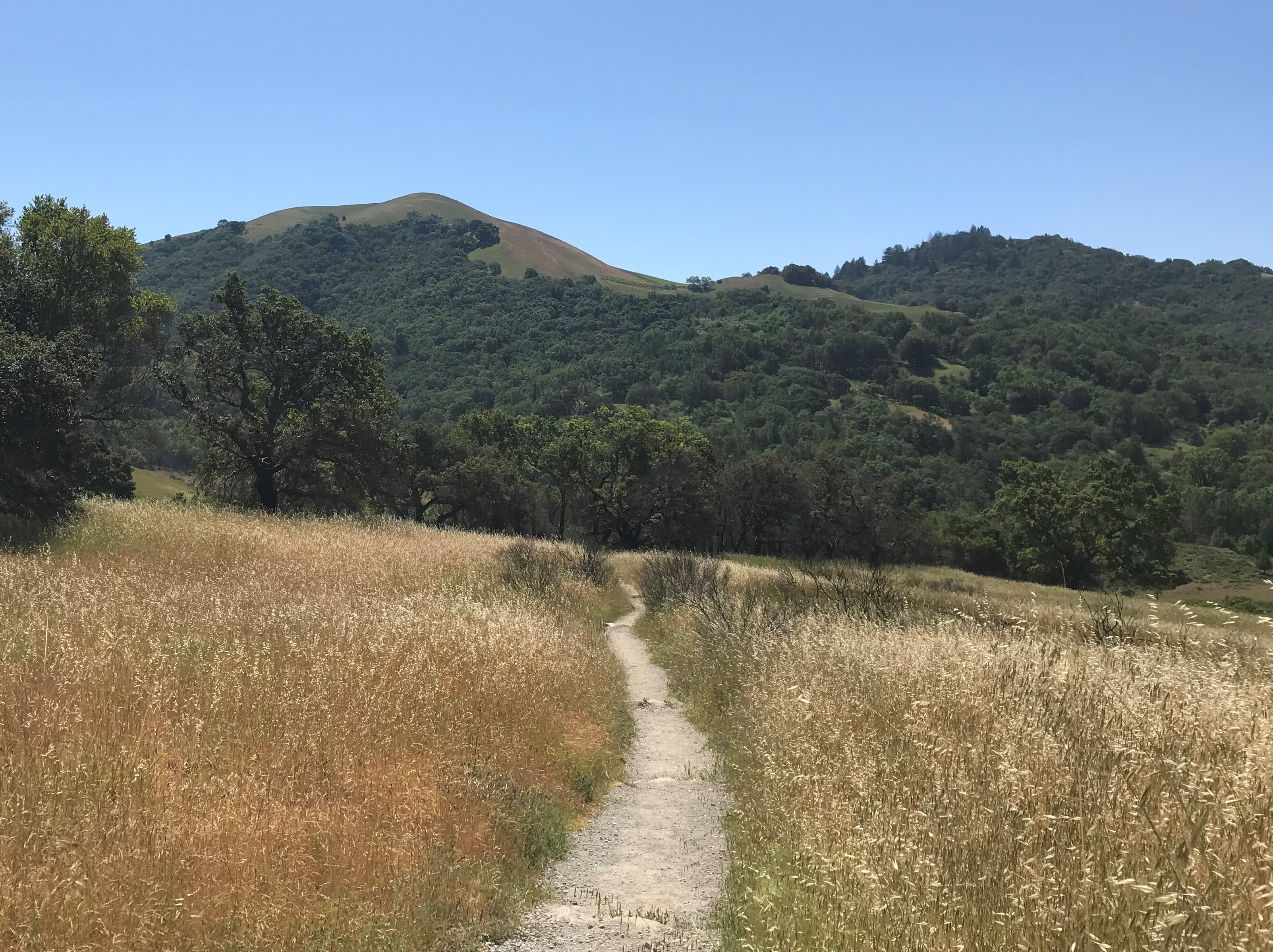It was our first full day in Orange, France. We walked out of Hôtel Arène where we were staying, and were pleasantly surprised that the streets had been transformed into an open air farmer’s market in the streets. We felt like we stumbled a jewel, a European Local Gem. We’ll share more of this exciting discovery on our page Farmer’s Markets in Europe.
This is exactly what we came for. To experience the various aspects of a quaint village in southern France. Our pre-planning yielded that there was a lot of history that we were ready to see for ourselves. Our path took us past the Roman Ampitheatre as we perused the architecture that ranged from centuries old to millennium old.
Confession? We were so busy going to places like the Nîmes – Arena Roman Colosseum and Tower Magne, the Pont du Gard Roman Aqueduct, Domain Jaume wine tasting that we blew the opportunity to tour the theatre independently. However we did get to hike the park behind the theatre. Like everything else in the Centro (historic) section of Orange, France, we could walk there from our hotel in less than 10 minutes.
 The Park
The Park
The Parc de la Colline Saint-Eutrope is the hill that the Roman Amphitheatre is built into. The La Cantina Restaurant is also built into the hill as an underground grotto restaurant. For a city type park there’s a lot of elevation change. There’s parking available on the south side for those who can’t walk to the park. For those who can walk there, they will find several entrances, and on all sides. The entrances on the south side have steep inclines but in general, don’t involve stairs. The one’s on the north side are almost hidden which has a lot of stairs.
We entered the park on the northeast side close to the La Cantina, and proceeded to climb staircase after staircase. There was scaffolding set up to restore the medieval castle that had been built directly adjacent to the amphitheatre.
We counted around 140 steps to get to the top. That’s around a 25 meter (82 feet) elevation change. Who says you can’t get good exercise while urban hiking?
Once we climbed to the top, we discovered a series of trails amidst the trees. The size of the hill was surprising. Not just the elevation change, we also didn’t expect there to be so much flat area on top.
At the Top
The top was large enough to fit two large children’s playgrounds, where there were activities for all age ranges. Even a zip line.
There’s a good sized restaurant, La Guinguette. It was closed when we were there, but we noted it has a pretty good rating. Nearby the restaurant, there are public bathrooms.
At the north end, there was a vista setting. The views were quite picturesque. It was helpful that a table top guide was provided to show how to distinguish different landmarks. Some were in town, others were much further in the distance.
A statue denoting Posuerunt me Custodem and Ils m’ont etablie leur gardienne, which translate as “They made me caretaker” and “They established me as their caretaker” respectively. The statue faces north overlooking the old centro region of the city.
We could see the balcony of the room where we were staying in town from the vista.
On the flip side, when we got back to our hotel room, we looked up and could see the vista.
On the northwest side, close to the amphitheatre, they recently discovered some newly discovered ruins. It was fenced off so they could research without the area being further disturbed.
Seeing the Roman Amphitheatre from the top is a whole new perspective altogether. Not only can you see its immense size and how many people it can hold, you can see how large the stage is in comparison. That it is built into the side of a hill exhibits the ingenuity of the Roman architects and engineers.
The Amphitheatre
At the front of the Théâtre Antique d’Orange (Roman Amphitheatre) was the entrance and large wall that operated as the structure and backdrop for the stage on the other side. Tickets can be purchased for about $10.75 (9.5 Euros) each to to see the inside of the building and the amphitheatre itself.
 It’s not just used for historical viewing either. The stage itself has been incredibly well preserved. So well preserved that every summer they have a series of concerts held in the amphitheatre. Most of the concerts were mostly vocalists, specifically opera. On the doors of the rooms in our hotel, they had life sized pictures of some of those who had performed there.
It’s not just used for historical viewing either. The stage itself has been incredibly well preserved. So well preserved that every summer they have a series of concerts held in the amphitheatre. Most of the concerts were mostly vocalists, specifically opera. On the doors of the rooms in our hotel, they had life sized pictures of some of those who had performed there.
The stage still has some of the original Roman statues and columns. At the base of the stage there’s room for an orchestra.
To the west side of the entrance, there were some ruins that were previously part of the amphitheatre. Around the edge of the ruins was a path that led to another underground restaurant called La Grotte d’Auguste.
